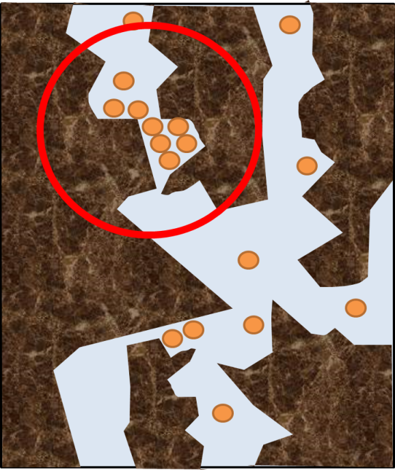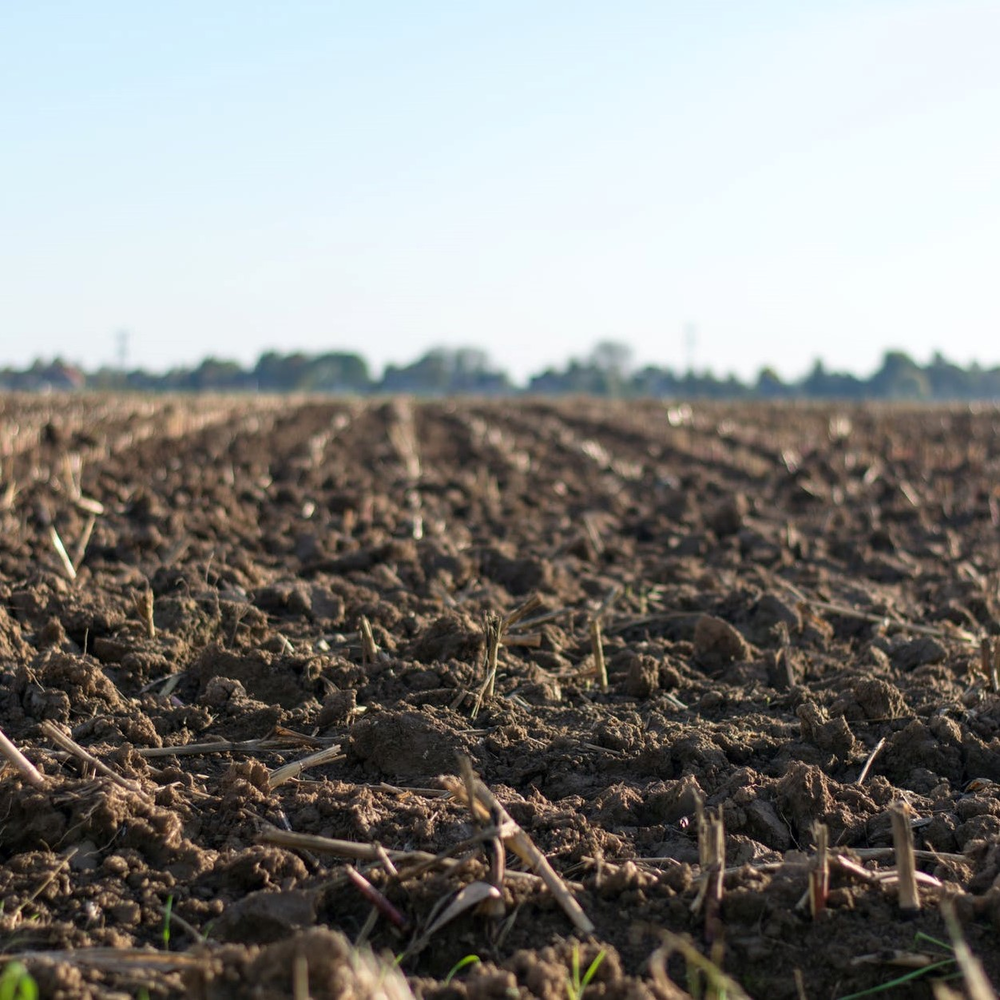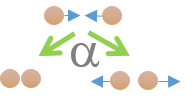Straining
Straining is the physical filtration of particles in wedges formed by narrow pores of porous media such as soils. It is a likely process for large particles, as the chance is of course higher that during their transport these get stuck in narrow pores. Straining has been postulated to occur also for engineered nanoparticles, but it has been suggested that the nanoparticles tend to undergo homoaggregation or heteroaggregation first, thus forming aggregates that in turn get stuck in narrow pores.
There is no need to determine experimentally a separate fate descriptor for straining, since straining is a process embedded in the attachment process and therefore accounted for in the attachment efficiency obtained from saturated column tests. Straining is dependent on the pore geometry of the soil. The smaller the pores, the higher the chance of straining, yielding a higher attachment rate.
 |
Occurs in |
|
|
Fate descriptors |
Algorithms |
|
|
\(\Psi =(\frac{d_{50}+z}{d_{50}})^{-\beta }\) |
| Attachment efficiency | Straining Calculation |
Read more |
Read also |
|
Visit the NanoFASE Library: |
Bradford, S.A., et al. (2003) Modeling Colloid Attachment, Straining, and Exclusion in Saturated Porous Media. Environmental Science & Technology, 37(10): p. 2242-2250 Bradford S A, et al. (2006) Significance of straining in colloid deposition: Evidence and implications. Water Resources Research. 42: W12S15. http://doi.org/10.1029/2005WR004791 Shangping X, et al. (2006) Straining of colloidal particles in saturated porous media. Water Resources Research. 42:W12S16. http://doi.org/10.1029/2006WR004948 |
Contact

Karin Norrfors
Swedish University of Agricultural Sciences (SLU)

Geert Cornelis
Email: geert.cornelis@slu.se


